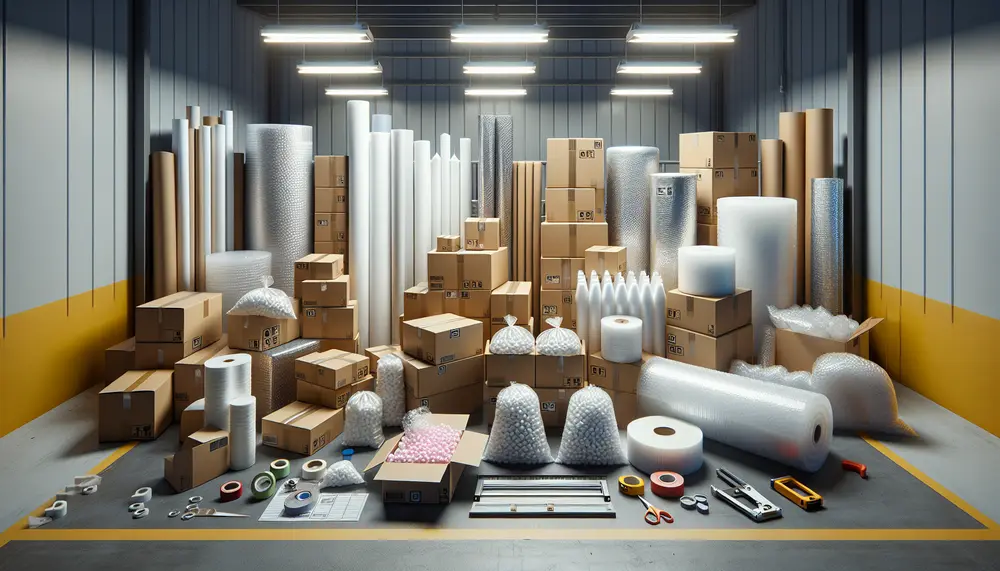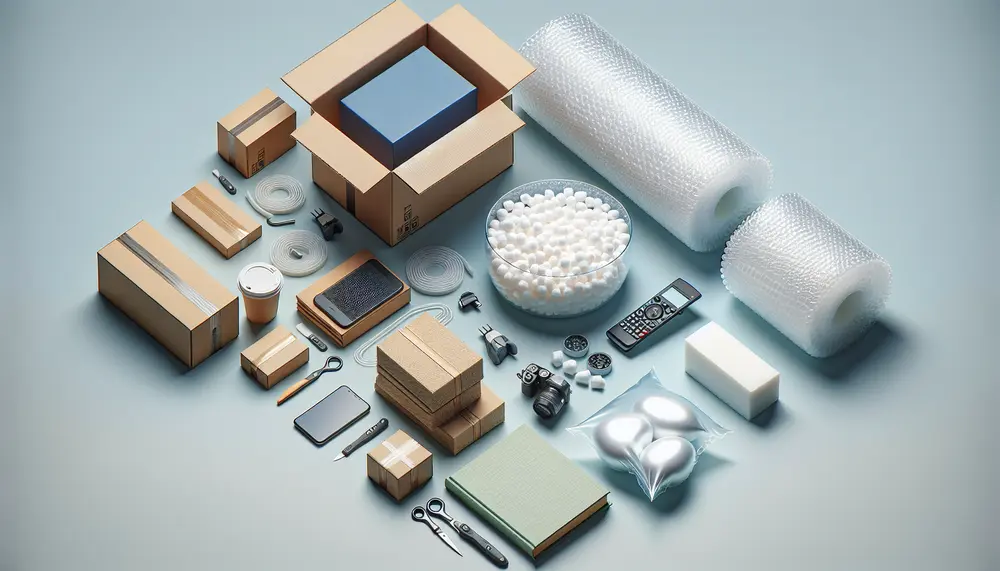Insulated shipping container
Insulated shipping container
Insulated Shipping Container
An insulated shipping container is a type of packaging designed to keep items at a stable temperature during transport. These containers are crucial for shipping temperature-sensitive goods like food, pharmaceuticals, and chemicals.
How Does It Work?
An insulated shipping container uses materials that reduce heat transfer. This means it keeps the inside temperature stable, regardless of the outside conditions. Common materials include foam, polystyrene, and reflective liners.
Types of Insulated Shipping Containers
There are various types of insulated shipping containers. Some popular ones are:
- Foam Boxes: Lightweight and cost-effective, often used for short trips.
- Vacuum Insulated Panels (VIPs): Offer superior insulation for longer journeys.
- Phase Change Materials (PCMs): Maintain a specific temperature range by absorbing or releasing heat.
Benefits of Using Insulated Shipping Containers
Using an insulated shipping container offers several benefits:
- Temperature Control: Keeps products at the required temperature.
- Product Safety: Reduces the risk of spoilage or damage.
- Cost Efficiency: Minimizes the need for expedited shipping methods.
Applications
Insulated shipping containers are used in various industries. For example, the food industry uses them to ship perishable items. The pharmaceutical industry relies on them to transport vaccines and medicines. Chemical companies use them to ship temperature-sensitive chemicals safely.
Conclusion
An insulated shipping container is essential for transporting temperature-sensitive goods. It ensures products arrive in perfect condition, regardless of the journey's length or external conditions.
Blog Posts with the term: Insulated shipping container

Protective packaging involves materials and methods to safeguard products from damage during shipping, handling, and storage. It is crucial for maintaining product integrity, reducing costs associated with returns and replacements, ensuring compliance with regulations, protecting against environmental factors, enhancing customer...

Protecting products during storage and transport is crucial in manufacturing, requiring the right protective packaging materials to save time, money, and prevent damage. This article explores various types of protective packaging such as foam, bubble wrap, corrugated cardboard, air pillows,...

Protective packaging solutions are essential for safeguarding products during transit and storage, preventing damage from physical impacts and environmental factors. Effective protective packaging reduces costs associated with damaged goods, enhances customer satisfaction, improves brand reputation, and ensures compliance with industry...
